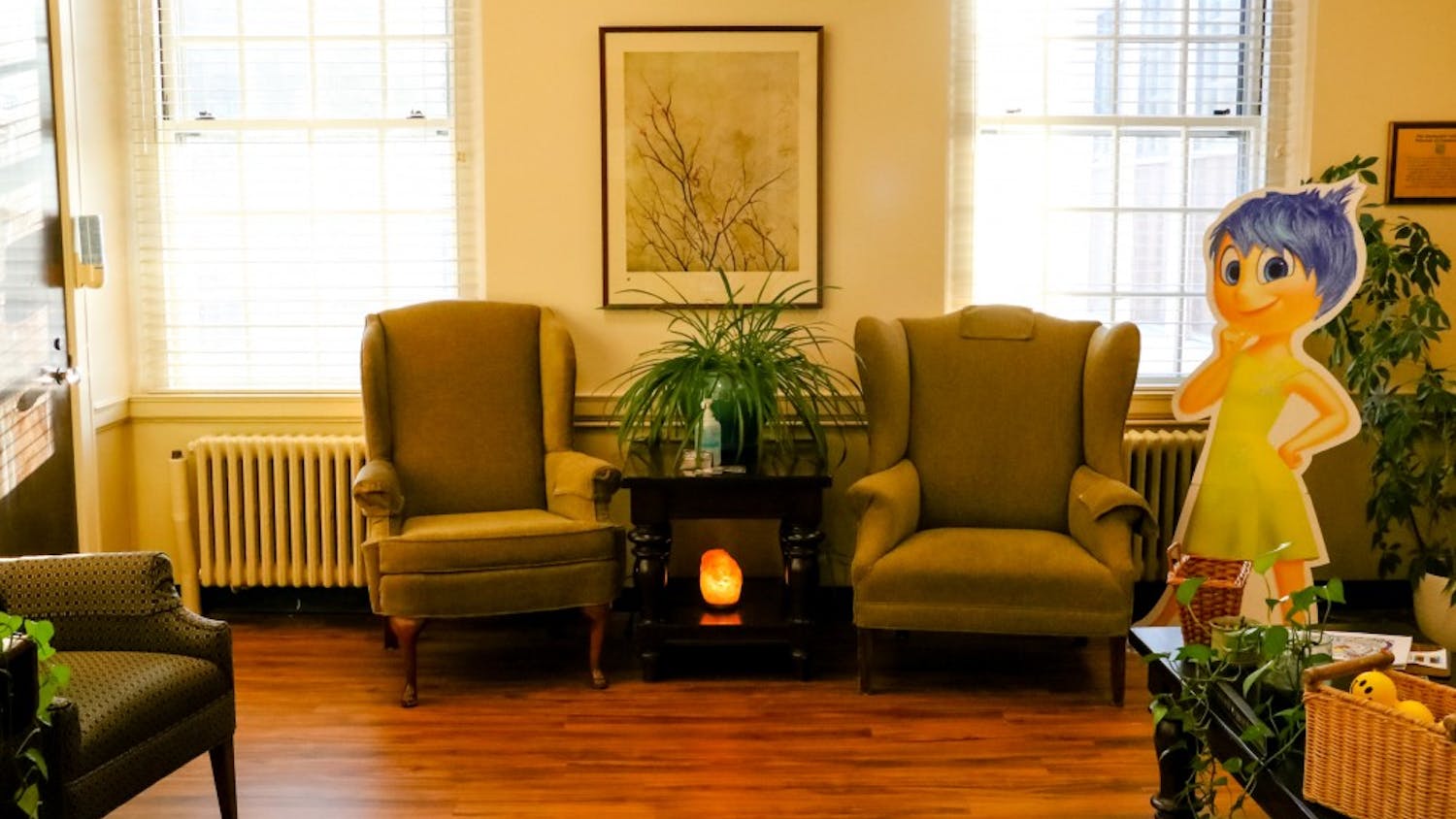In recent years, students have seen the cost of college rise dramatically. Between 1988 and 2018, according to the College Board, tuition prices tripled at public four-year schools and doubled at private four-year programs.
At Dartmouth, the estimated cost of attendance for the 2019-20 academic year was $76,623. That’s more than $10,000 greater than the median annual American household income. While Dartmouth’s current price tag might sound extreme, it’s going nowhere but up. Some researchers argue that by 2025, costs of attendance may surpass $100,000 at some colleges. The simple fact is that most people cannot afford to pay those fees.
Dartmouth’s role in these changes was brought into new light last month, when the Chronicle of Higher Education released a study assessing the financial aid programs of American colleges and universities. The study ranked schools in terms of generosity toward their “financially neediest” students by calculating how many times greater the average cost of attendance was for the highest income group than it was for the lowest. Most of Dartmouth’s peer institutions ranked well. Stanford University was number three, Harvard University number five, Yale University number six and Princeton University number nine. Dartmouth ranked lowest in the Ivy League at number 55.
The study found that the lowest income group at Dartmouth paid just 3.6 times less than the highest income group. At Stanford, the lowest income group paid 35.7 times less than the wealthiest segment of the student body. The costs of attendance at both schools are comparable, and the wealthiest students at Stanford pay about the same as the wealthiest Dartmouth students. The difference, according to the study, is in financial aid for the least-wealthy members of the student body. At Stanford, the lowest income group pays $1,226 on average, while at Dartmouth, the same group is charged $13,837. In fact, Dartmouth’s average cost for the lowest income group falls a full $3,000 above the next highest in the Ivy League, Columbia University, and comes in at 169th out of all the schools studied by that metric.
In the College’s defense, the ratios from the Chronicle study are artificially inflated due to the way that their researchers broke down income brackets. The analysis used five income groups: $0 to $30,000; $30,000 to $48,000; $48,000 to $75,000; $75,000 to $110,000; and incomes greater than $110,000 annually. But according to the New York Times, 69 percent of Dartmouth’s student body comes from this top bracket. So comparing the bottom group to well over half the undergraduate population unsurprisingly renders bad results for Dartmouth. However, the fact that this methodological choice had such a significant impact is not wholly the fault of the researchers — it is notable in and of itself that the highest bracket in the study makes up such a significant portion of our student body.
But even aside from the recent study, there are plenty of reasons to be concerned about the state of financial aid at Dartmouth. For the Class of 2023, only 45 percent of students qualified for a loan-free aid package. Meanwhile, 55 percent of Harvard students receive financial aid. It’s no secret that Dartmouth’s financial aid often fails to adequately support students. As this newspaper reported last fall, changes in financial aid packages have even forced some students to leave the College. This is a college with an endowment of over $5 billion. The Financial Aid Office advertises that Dartmouth is “interested in you, your talents and your potential — not your ability to pay.” But at least compared to its peer institutions, Dartmouth doesn’t seem to take that mission as seriously.
If Dartmouth truly hopes to maintain its status as a leading academic institution in the United States, it cannot do so by continuing the same practices that have led to this disparity. The share of students coming from the bottom 25 percent of household incomes has been steadily increasing over the last 20 years, but in that same timeframe, Americans have accumulated more student debt than ever before. If our students are going to leave Dartmouth prepared to change the world and not burdened with unmanageable debts — and if we want the best and brightest to choose to come here in the first place — something has to change.
The editorial board consists of the opinion editors, the executive editor and the editor-in-chief.


